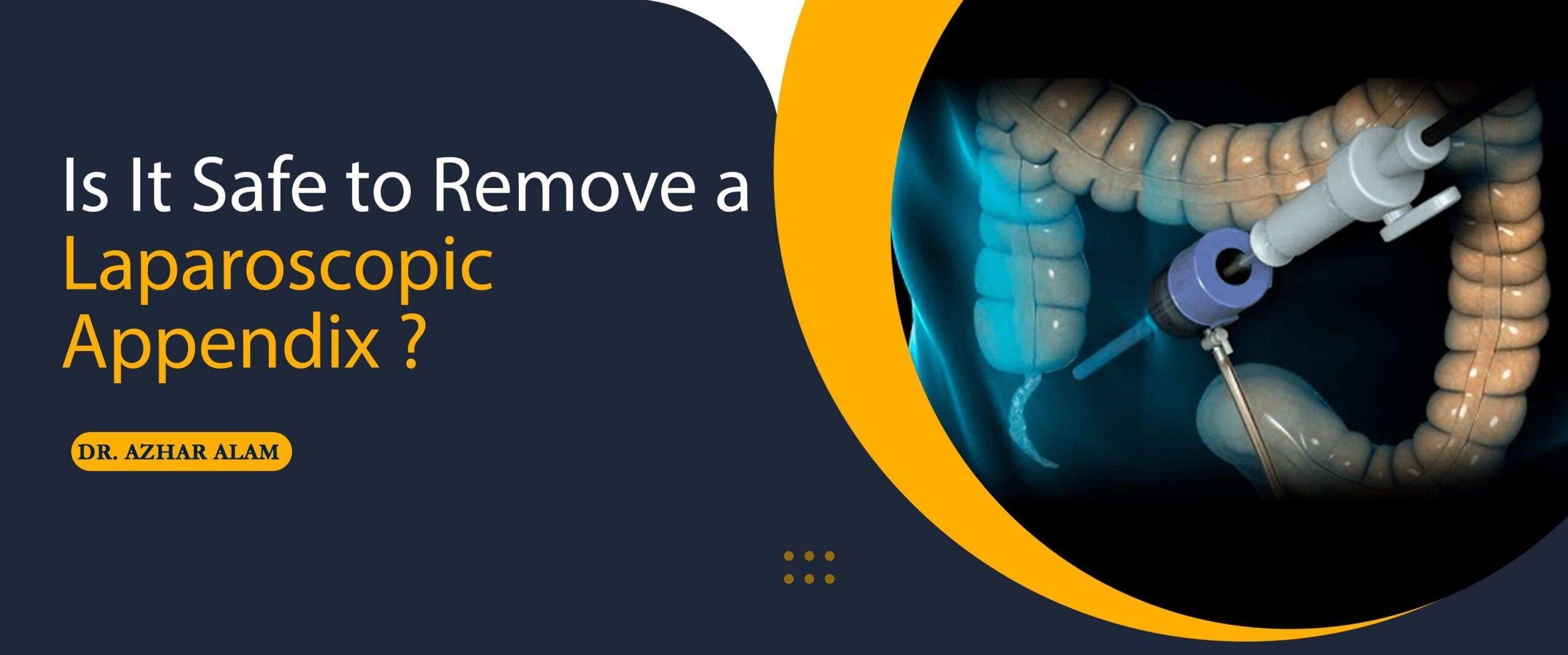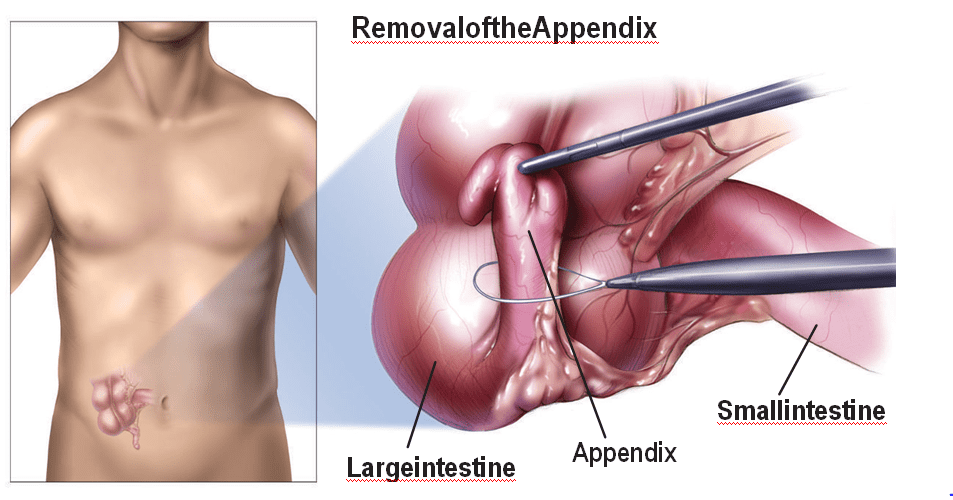

Is it safe to remove a laparoscopic appendix?
1. What is laparoscopic appendectomy?
2. Laparoscopic appendectomy is necessary for what?
3. What specialist should you consult if you have signs or symptoms?
4. What screening tests and investigations are required before the surgery?
5. What is process of laparoscopic appendectomy?
What is laparoscopic appendectomy (also known as laparoscopic appendectomy)?
Laparoscopic appendectomy, a minimally invasive surgery to remove the appendix, is performed in a small incision. By making small incisions into the abdomen, removing the small pouch-like tissue that extends from the large intestinalis, and inserting a light-fitted scope (laparoscope), and other special tools, the surgeon can remove the appendix following the images on the screen.
Laparoscopic appendectomy allows surgeons to view inside the abdomen without having to look inside.
Also Read: What Happens If Your Appendicitis Explodes?
Laparoscopic appendectomy is necessary for what?
Appendicitis can be treated with antibiotics in mild cases. However, most cases will require surgery to remove the appendix. This is often necessary when there are no other options. It is important to treat appendicitis immediately. This will increase the chance of it burst and cause fatal complications such as abscessed or infected bleeding.
Laparoscopic appendectomy is preferred for appendicitis because it causes minimal scarring and requires a shorter recovery time than traditional appendectomy. The surgery is usually completed in two weeks.
What specialist should you consult if you have signs or symptoms?
Appendicitis is a condition that causes intense abdominal pain. A general practitioner will be able to determine the cause. If appendicitis can be diagnosed, the patient may need to be admitted immediately.
Also Read: Symptoms & Causes Of Appendicitis
What screening tests and investigations are required before the surgery?
Appendicitis is diagnosed by a physical examination of the abdomen. This includes a pressure test to see if there is pain when you apply pressure to the lower right side. Other questions about the symptoms can also be asked. Although a physical examination is sufficient, the following tests can be performed to confirm the diagnosis:
- To test for infection, blood tests are performed
- To test for infection, you can have your urine tested
- Imaging tests (ultrasound, magnetic resonance imaging scan (MRI), scan of the abdomen, CT scan, and abdominal x-ray)
What is process of laparoscopic appendectomy?

General anesthesia is used to perform laparoscopic appendectomy. Three to four incisions are made in the abdomen, each measuring 0.25 to 0.50 inches in length. To view the location and guide other surgical tools, the surgeon inserts a laparoscope with a camera and light.
To retract the large intestinal tract towards the liver, the surgeon inserts a grasper. The surgeon holds the appendix and raises it in the laparoscope’s scope. To allow another instrument to pass through this gap, a grasper places a piece of wood under the appendix’s base. After the appendix has been removed from the gastrointestinal tract, the intra-abdominal cavity must be rinsed with saline before sealing the remainder of the tract. The whole procedure takes approximately two hours.
What are the most common complications after a Laparoscopic surgery?
The following situations are not eligible for laparoscopic appendectomy:
- Appendix burst
- Tumor in the patient’s digestive system
- Pregnant women in the first trimester
- Patients who have had an abdominal surgery in the past
- Laparoscopic appendectomy can be performed safely, but as with any other procedure, there are risks.
Sepsis after surgery
- Wound infection
- Patients with severe, perforated appendicitis may have difficulty finding their appendix.
Are there any steps or precautions you can take to ensure your health and happiness before and after laparoscopic appendectomy.
In the first few weeks following surgery, the patient will need to limit their physical activity. Patients recovering from laparoscopic appendectomy should not lift any weight or do strenuous exercise during the first week. However, recovery is faster than traditional surgery.
After surgery, fluids that are clear will be permitted. To allow the body to heal properly, solid foods should only be introduced gradually.
Also Read: Foods To Eat After Appendicitis Surgery
What can be done to prevent the disorder from recurring?
High fibre diets can lower the chance of appendicitis. Fibre makes stool softer and reduces the likelihood of the stool getting stuck in your appendix.
Contact the best Laparoscopic Surgeon in Kolkata for more details at +91 9007709736.
About Docor

Dr. Azhar Alam
MBBS (Honours), MRCS A (UK),
DNB General Surgery
FIAGES (Gastro Intestinal Surgery)
FMAS (Minimal Access Surgery),
MNAMS (New Delhi)
Consultant Gastrointestinal, Advanced Laparoscopic and Laser Surgeon
Assistant Professor of Surgery, KPC Medical College and Hospital




